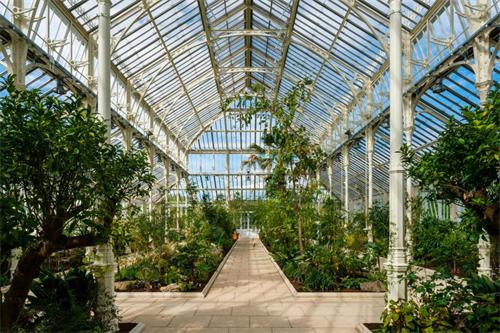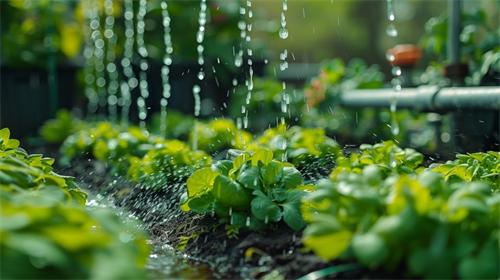
Combining time-tested permaculture principles with plant selections tailored to cooler growing zones, this essay unveils how gardeners in temperate regions can design abundant, low-maintenance ecosystems that mimic nature’s patterns. We’ll explore site assessment, ecological layering, plant guilds, and sustainable practices—each grounded in real-world examples and expert recommendations—to spark your imagination and empower you to transform any backyard into a thriving permaculture haven.
Permaculture is a holistic design philosophy that integrates human needs with ecosystem dynamics to create sustainable, self-regulating systems. Originally formulated in the 1970s, its core ethics—earth care, people care, and fair share—guide every stage of garden planning and management. In temperate climates, where seasonal shifts demand resilience, permaculture offers strategies like perennial polycultures and water-wise design to ensure year-round productivity with minimal inputs.
Effective design begins with observing sunlight patterns, prevailing winds, water flow, and microclimates over at least one full year. Mapping these features reveals the best placement for elements such as rain gardens, windbreaks, and plant guilds, optimizing energy capture and shelter for sensitive species.
Permaculture divides the landscape into zones based on frequency of use and maintenance needs—Zone 1 for kitchen herbs and salad greens, up to Zone 5 for undisturbed wildlife habitat. Complementing zoning is the seven-layer forest garden model: canopy trees, understory trees, shrubs, herbaceous perennials, groundcovers, root crops, and vines. This vertical stacking maximizes photosynthetic efficiency and yields from a single footprint.
Choose cold-hardy fruit and nut trees like apples, pears, hazelnuts, and serviceberries, which form the backbone of temperate food forests. Underplant with nitrogen-fixing shrubs such as goumi (Elaeagnus umbellata) and Siberian pea shrub (Caragana arborescens) to enrich soil fertility naturally.
Integrate perennial edibles—rhubarb, asparagus, artichoke, sorrel, and lovage—to reduce annual replanting and soil disturbance. Many of these species emerge early in spring, capturing scarce light and jump-starting yields before tender annuals even break ground.
Guilds are communities of species that support each other through beneficial interactions, such as pest deterrence, pollinator attraction, and nutrient cycling. A classic example pairs apple trees with comfrey (a dynamic accumulator), daffodils (rodent deterrent), and clover (nitrogen fixer), forming a diverse, self-sustaining micro-ecosystem.
Healthy soil is the cornerstone of any permaculture system. Incorporate heavy mulches—straw, wood chips, or leaf litter—to conserve moisture, moderate temperature extremes, and feed soil life as they decompose. Periodic applications of green manures or compost teas further boost microbial activity and nutrient availability.
Rainwater harvesting through swales, keyline plowing, or simple contour trenches captures runoff and recharges aquifers, reducing reliance on municipal supplies. Wherever possible, choose drought-tolerant species and group plants by water needs to prevent waste and stress.
By observing natural patterns, stacking functions through layers, and selecting perennial, supportive plant communities, gardeners in temperate climates can craft vibrant, resilient landscapes that feed both body and soul. Embrace permaculture’s design ethos, and watch your garden evolve from mere cultivation to a self-regenerating ecosystem teeming with life.
Recommend:

The Complete Handbook for Eating in the Capital of Japan

Rooted in Rain: Cultivating a Lush Garden with Harvested Rooftop Water

What is the 80/20 rule in relationships?

6 Ways to Experience the Enchantment of the Amalfi Coast on a Budget

